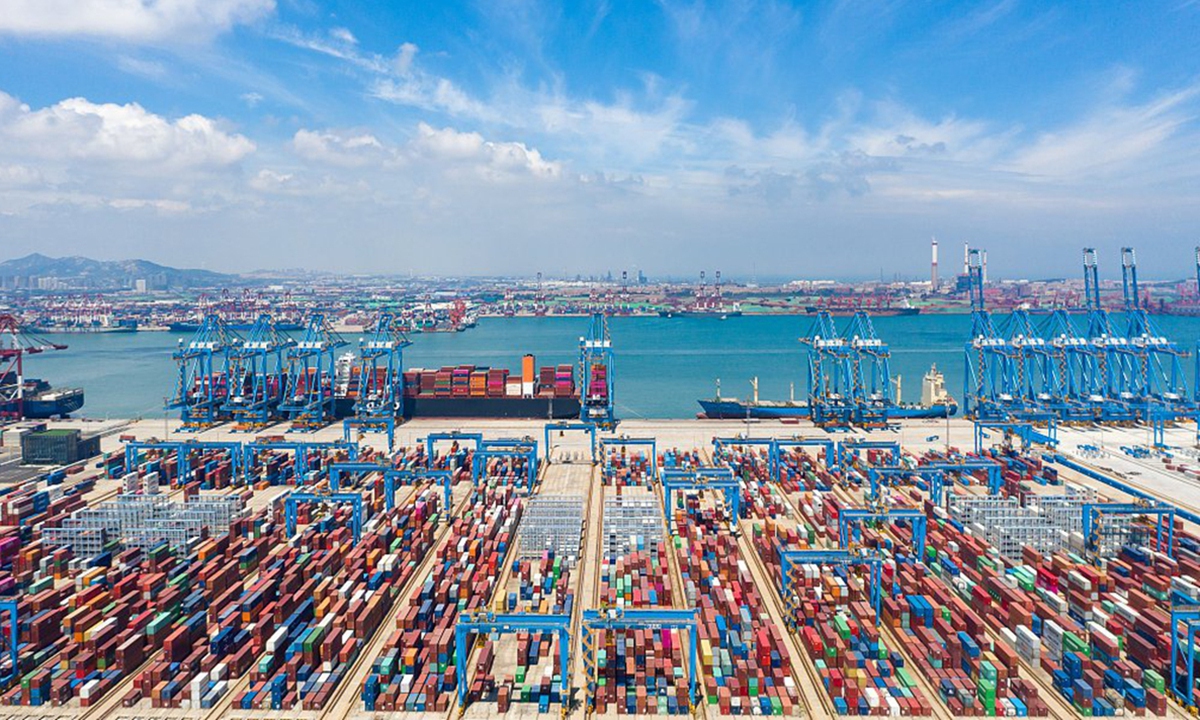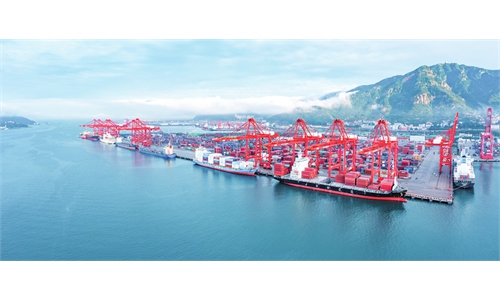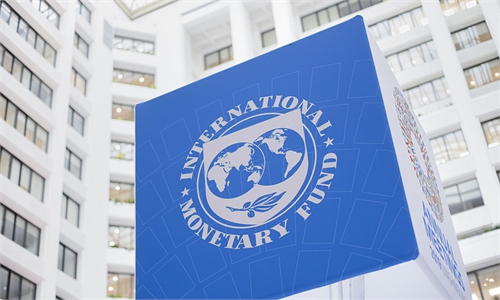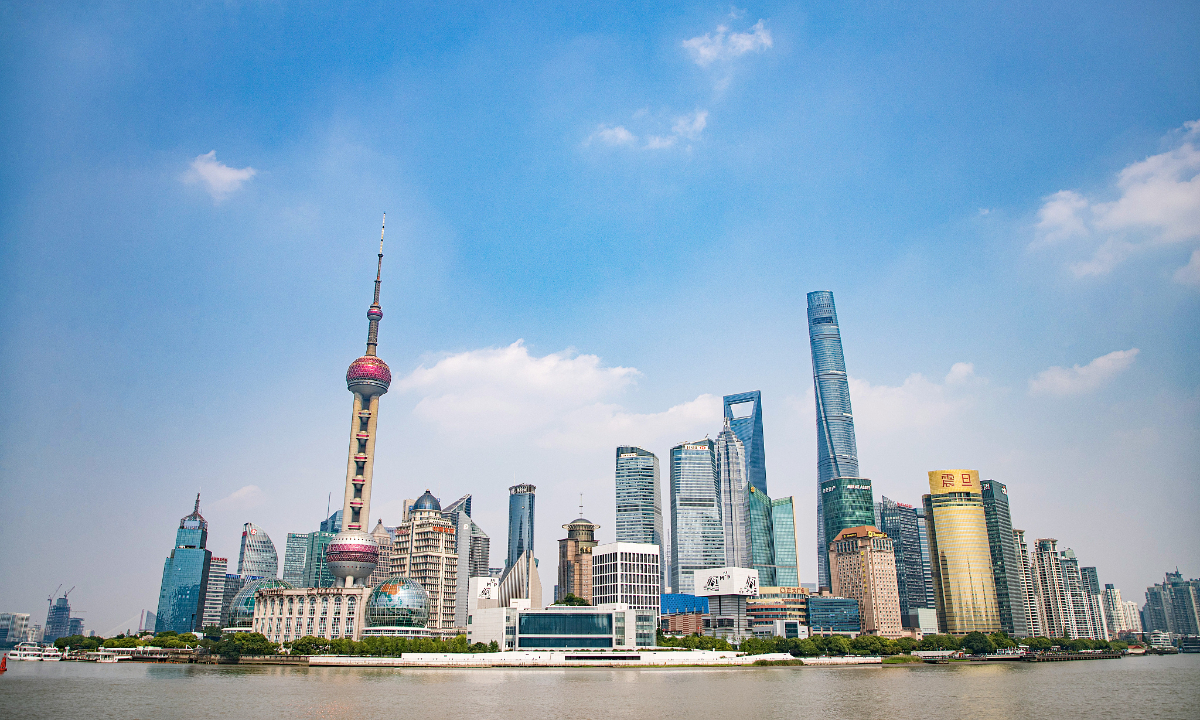 Militarizing space. Illustration: Chen Xia/GTOnce again, the US is rehashing the cliché of the "China threat theory" - this time in space. Jeffrey Kruse, director of the US Defense Intelligence Agency, said during the annual Aspen Security Forum in a panel discussion on space and national security on Wednesday that the US is seeing from China a heightened "intent to use counter-space capabilities to threaten space."
Militarizing space. Illustration: Chen Xia/GTOnce again, the US is rehashing the cliché of the "China threat theory" - this time in space. Jeffrey Kruse, director of the US Defense Intelligence Agency, said during the annual Aspen Security Forum in a panel discussion on space and national security on Wednesday that the US is seeing from China a heightened "intent to use counter-space capabilities to threaten space."The US' hyping of "China's space threat" seems to have become one of its routine practices. In February, Stephen Whiting, commander of the US Space Command, claimed that China is growing its military space and counter-space capabilities at a "breathtaking speed," listing China as the "pacing strategic competitor" in the space domain. In April, NASA Administrator Bill Nelson also mentioned his China-US "space race" rhetoric, claiming that China is militarizing its space program.
"This is a typical means by the US to manipulate public opinion and perception - first hype up a threat, then develop itself," Lü Xiang, a research fellow at the Chinese Academy of Social Sciences, told the Global Times. With the development of China's space technology, the US regards China as a hypothetical enemy, using this to pressure Congress and ask for budget, in a bid to strengthen US' space combat capabilities.
The US excels in presenting a robber's logic in an upright manner. Based on these purposes, the US has continuously propagated the "China space threat theory," slandering and defaming China. This is merely to maintain the US' military hegemony, projecting a Cold War mind-set and zero-sum thinking into space.
China has chosen a different path in space development compared to the US. While the US focuses on space technology for hegemony and arms races, China pursues a more peaceful approach. Former US president Donald Trump explicitly stated that it is not enough to merely have an "American presence in space"; it must have "American dominance." As the space capabilities of other countries continue to strengthen, the US' "space anxiety" rises, leading to an acceleration in space militarization.
In 2018, the Trump administration officially designated space as a "war-fighting domain." The US has actively advanced its space military strategy by establishing the Space Command, creating the Space Force, and investing heavily in offensive space weapons. It has become the primary driver of space militarization and poses the greatest threat to space security. These actions will inevitably jeopardize the space development plans of countries worldwide, potentially sparking a space arms race and undermining global strategic stability.
In contrast, China firmly opposes the arms race in outer space and is committed to promoting negotiations within the international community to reach legal instruments for space arms control in order to safeguard peace and security in outer space through legal means. In 2008, China and Russia jointly submitted the draft Treaty on the Prevention of the Placement of Weapons in Outer Space, the Threat or Use of Force against Outer Space Objects (PPWT) to the Conference on Disarmament, which is significant in preventing the weaponization of space. However, the US has long passively resisted the space arms control process, causing the relevant efforts of the international community to stagnate.
China's development of space technology aims to better serve human scientific and technological progress and civilization advancement. China acts out of public interest, whereas the US acts out of self-interest, highlighting a fundamental difference.
Meanwhile, China actively promotes international space cooperation. In June, after China's Chang'e-6 lunar probe returned with rare lunar samples, China announced that it welcomed scientists from around the world to apply to study the lunar samples. However, the US faces obstacles from the Wolf Amendment enacted in 2011 to curb China's space development, which explicitly prohibits space cooperation between China and the US. Foreign media have even called it "an extremely stupid reason." As a hegemonic power in space, the US maliciously suppresses other countries' legitimate space activities, which will ultimately backfire.
Space is global commons that should be a new domain of cooperation and mutual benefit, rather than a battleground for competition among nations. In the future of space exploration, China will continue to adhere to prioritize the peaceful use of outer space, and provide the necessary technical and knowledge support. We hope to see more dialogue and cooperation between countries in the space field. This will ensure that space benefits all of humanity, rather than allowing the US' manipulation of "China threat theory" to open the "Pandora's box" of space weaponization.Source link









